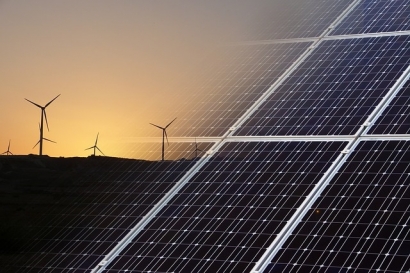
At the projected pace, DNV GL’s forecast indicates a world that is most likely to be 2.4°C warmer at the end of this century than in the immediate pre-industrial period. The technology already exists to curb emissions enough to hit the climate target. What is needed to ensure this happens are far-reaching policy decisions.
DNV GL recommends that the following technology measures be put in place to help close the emissions gap and limit global warming to below 2°C.
DNV GL’s report forecasts that by 2050 power generation from solar photovoltaic and wind energy will be 36,000 terawatt hours per year, more than 20 times today’s output. Greater China and India will have the largest share of solar energy by mid-century, with a 40 percent share of global installed PV capacity in China, followed by the Indian Subcontinent at 17 percent.
Globally, the report states renewable energy will provide almost 80 percent of the world’s electricity by 2050. The electrification will see increasing use of heat pumps, electric arc furnaces and an electric vehicle revolution, with 50 percent of all new cars sold in 2032 being electric vehicles.
Despite this rapid pace, the energy transition is not fast enough. DNV GL’s forecast indicates that, alarmingly, for a 1.5°C warming limit, the remaining carbon budget will be exhausted as early as 2028, with an overshoot of 770 Gt CO2 in 2050.
The report demonstrates that the energy transition is affordable, claiming the world will spend an ever-smaller share of GDP on energy. Global expenditure on energy is currently 3.6 percent of GDP but that is predicted to fall to 1.9 percent by 2050. This is due to the plunging costs of renewables and other efficiencies, allowing for greater investment to accelerate the transition.

